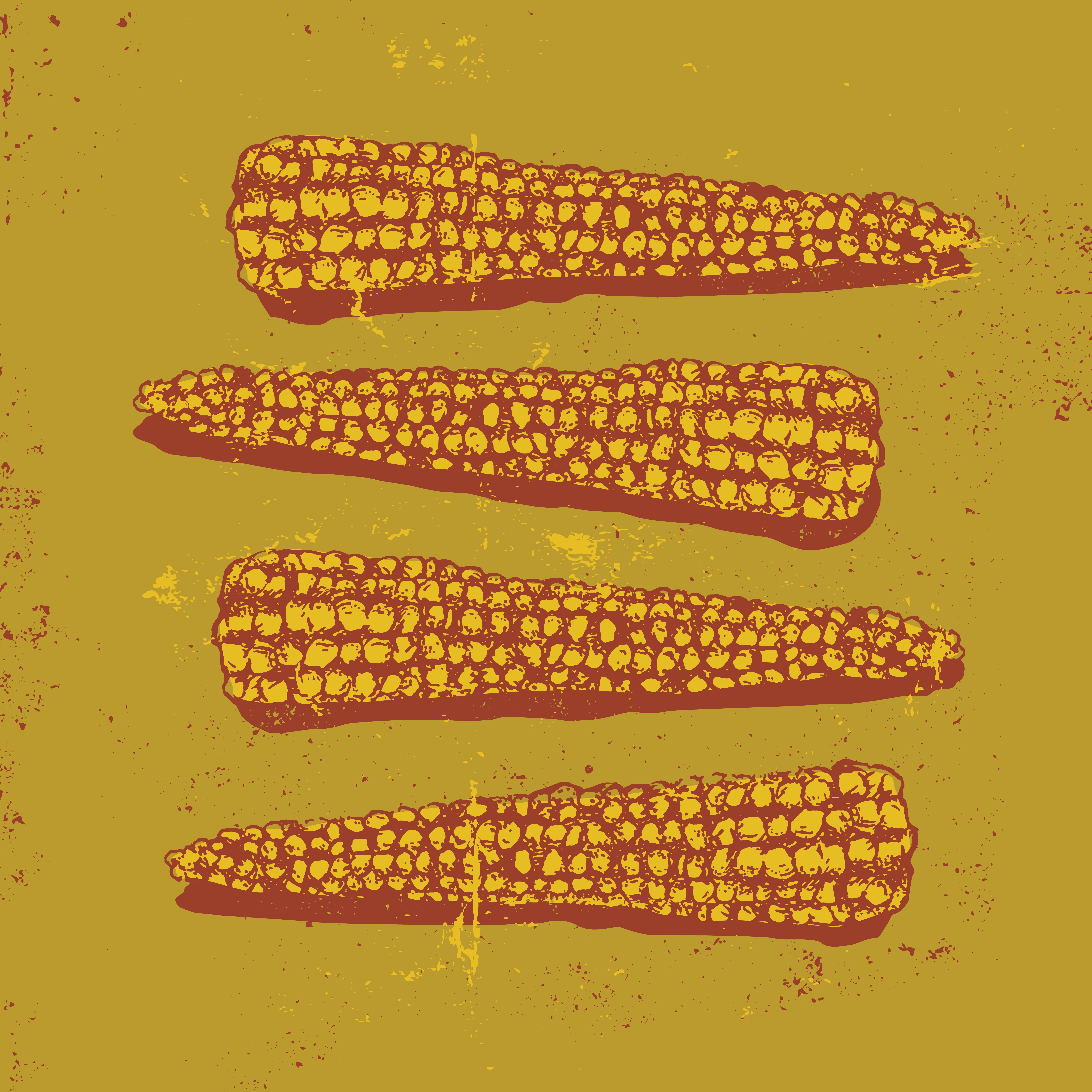
And why fresh cornlettes are so hard to find.
The word “cornlettes” sounds like an 18th-century French skin condition, but it’s also the trade name for an edible oddity: baby corn. These tiny cobs are indeed the veal of the corn world, harvested right after the maize plant produces a head of silk. Since the plant is harvested so young, it hasn’t developed the starch or sugar reserves of mature corn, which is why the cob is completely edible; it also means that pretty much any kind of corn can be used to produce baby corn, from American sweet corn to heartier flint and dent varieties used for dried grains.
Baby corn must be harvested by hand, an expensive process, so most of the world’s supply is grown in Thailand, where companies can get away with paying workers low wages for time-consuming work. And since the cornlettes bruise easily and require refrigerated transport, they’re almost always canned to prolong their shelf life.
This is a shame, because it gives the illusion of baby corn as a cheap commodity, when its specialized market and intensive processing is anything but. Imagine a world in which we gave baby corn its due and treated it with as much delicacy—and cash flow—as microgreens and tiny heirloom vegetables. A corn lover can dream.